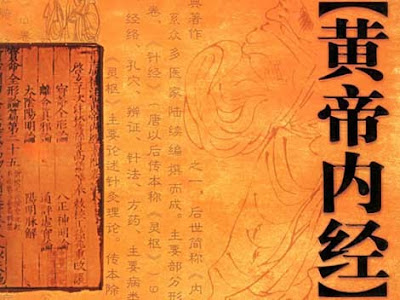To seek a balance in diet, we can define food as predominantly yin or yang. If you eat predominantly yin foods, your body will be capable of producing more yin energy - darker, slower-moving and colder. In contrast, eating predominantly yang foods will produce more yang energy - faster, hotter and much more energetic. It's helpful to remember certain rules to determine the type of energy a food produces:
If it grows in the air and sunshine, it is probably yang;
If it grows in the earth and darkness, it is probably yin;
If it is soft, wet and cool, it is more yin;
if it is hard, dry and spicy, it is more yang.
Bean curd is sweet in flavor, cool in energy and tends to move downward and inward. The flavor of food is very important because it helps to send nutrition via the meridians to the corresponding organs. If we eat a balanced meal with many tastes, we feel satisfied and don't binge. The five flavors of food include pungent (acrid), sweet, sour, bitter, and salty.
Food acts on the body through specialized movements. Depending on the properties of food. Food moves in different regions within the body and can drive qi (vital energy) in the same direction as well. TCM claims that disease is caused when any of the external or exogenous evils exert too much influence on our body, foods that have specialized movements can be used to counter these evils. For example, when a person suffers from mild flu (which caused by exogenous wind invasion), foods with a floating action such as green onion and fresh ginger can expel the evils out of the body.





















.jpg)

.jpg)












